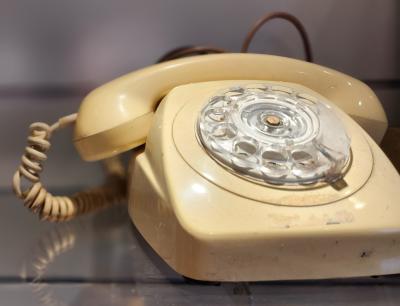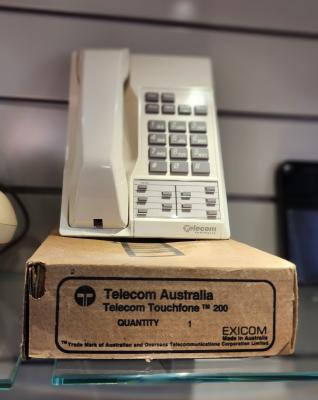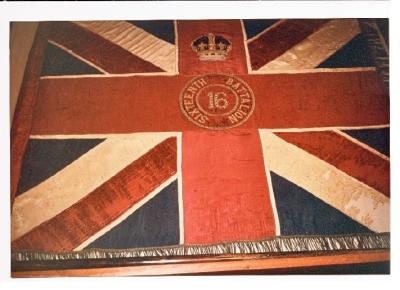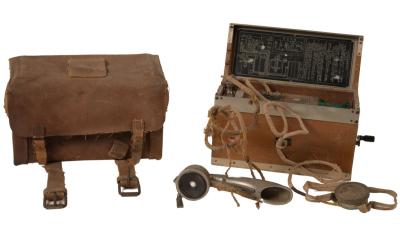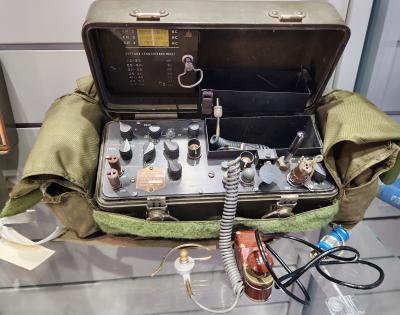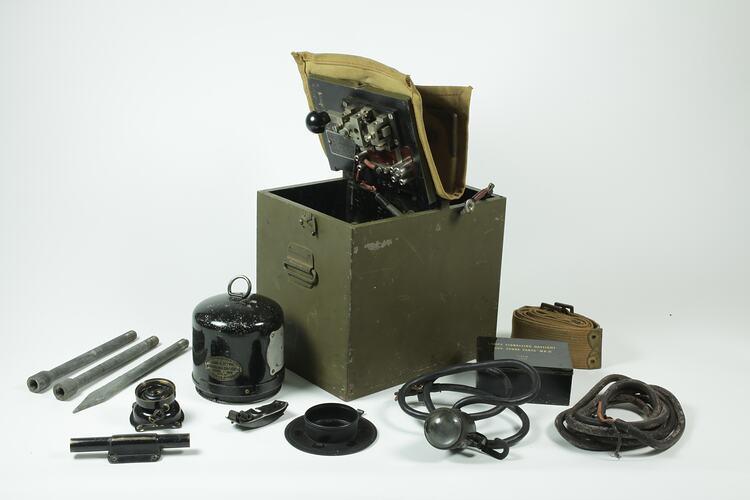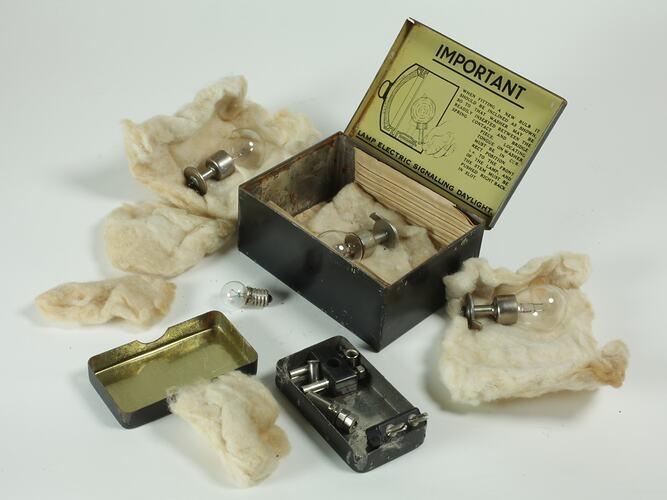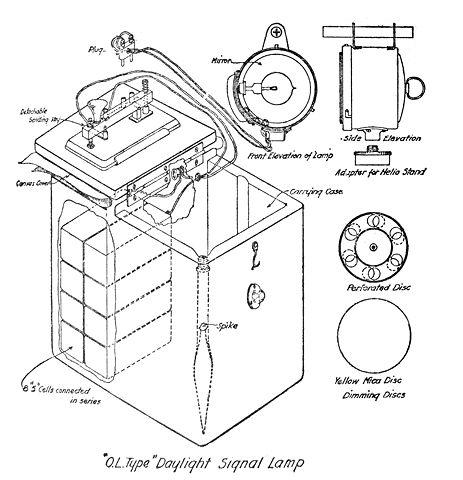World War 1 - Lamp Signaling Daylight (Lucas Lamp)
The Lamp, Electric, Signalling, Daylight, also called a Lucas Lamp, was a portable, electric morse military signalling lamp, used for daylight communications in World War 1 and through until after World War 2. The lamp used an external battery as a power source. An adjustable screen is provided (used with a coloured lens) for night time signalling under enemy observation.
Jospeh Lucas Ltd was founded by Joseph Lucas in Birmingham, United Kingdom, in 1897, as a manufacturer of bicycle lamps, bicycle accessories, and motorcycle and automotive electrical parts and accessories. The lamp design was patented in 1916 by Oliver Lucas.
Wooden box painted olive green, with a canvas cover on top. Contains the following parts: Morse key (attached to underside of box lid flap); large lamp lens (electric signalling lamp, daylight, Mark II - 1918, made by Jos Lucas Ltd, Birmingham); adjustable screen; mounting adaptor; sighting tube; bulb holder; ground spike and spike extension pieces; box of spare bulbs and fittings; small lamp lens; electrical cable; three filters (red, yellow, blue); canvas webbing shoulder strap.
Details
Details
The "Lucas Lamp" was invented by Oliver Lucas in 1916 and patented by him – hence the use of the "O.L. Type" name sometimes found.
This lamp is located in the Communications Gallery commissioned by the Australian Army Museum of Western Australia as part of the Centenary commemorations of the Royal Australian Corps of Signals in the broader context of the evolution of communications technologies. Communication devices used by the Australian Army also are presented in their operational context throughout the Museum.
Australian Army Museum of Western Australia
Australian Army Museum of Western Australia
Other items from Australian Army Museum of Western Australia
- Post 1945, Postmaster-General Type 300 Magneto Table Phone, 1940s
- Post 1945, Postmaster-General Telephone - Rotary Dial Model 801, 1960s
- Post 1945, Telstra Touchphone TF200
- Photograph of King's Colour, 16 Battalion (Goldfields Presentation 1920/1926)
- World War 2, Type 2, Japanese Field Telephone
- Post 1945, ANPRC 64A Radio, Special Air Service
- World War 2. Mk 1 Adjustable Electric Lamp R120
- Heliograph Hand Mirror
- Pre 1914, 2nd Anglo Boer War, Technology Display, Weapons, 1900
- Reel of Signal Wire - DON 10
- World War 2, Field Telephone Set F Mk 1
- Milestones in Modern Communications

